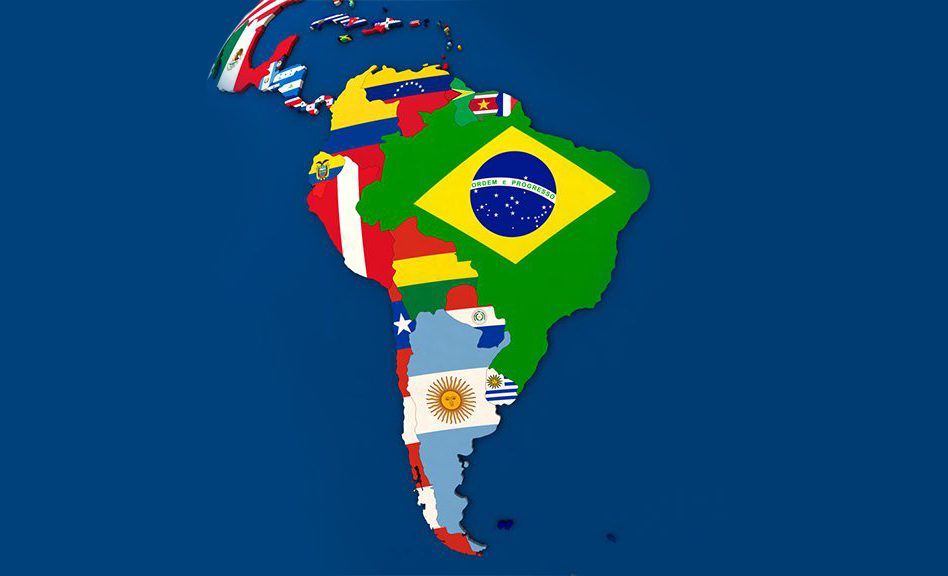Stranded assets, a prevalent concern in regions heavily dependent on fossil fuels, are essentially investments that may never yield returns due to shifts in the market, typically driven by environmental considerations and the burgeoning clean energy revolution. While many nations in Latin America grapple with this imminent reality, one small country, Guyana, appears to be defying the odds and emerging as a frontrunner in strategic energy development.
At a glance, Guyana’s approach may appear counterintuitive. The small South American nation has recently discovered substantial oil reserves, and yet, it also supports rapid global decarbonisation. But according to Dr. Bharrat Jagdeo, Guyana’s Vice President, in a comment to The Economist, the dual approach is no paradox. He firmly believes that revenues from oil and gas are crucial for the country to fortify itself against the impacts of climate change, such as rising sea levels.
Jagdeo explained that his confidence stems from the belief that entering the oil market late has allowed Guyana to learn from the missteps of its oil-producing counterparts. Guyana has formed constructive partnerships with oil companies and other investors, and has provided a welcoming environment, making Guyana’s investment climate an envy in the region. Guyana is not burdened by an array of potentially stranded assets, given its approach.
Guyana has almost no debt, generating Asian levels investment – AMI | OilNOW
This approach is very different from what obtains in Columbia. The Economist explained that the government there means not to grant anymore licenses for oil exploration, and is looking to shore up other sectors to substitute revenues from hydrocarbons extraction in the future. In Colombia, hydrocarbons have constituted a significant portion of foreign direct investment and export revenue. And oil is a King that is tough to replace.
Over in Mexico, the publication said aging oilfields are sputtering, and that production which peaked in 2004 has roughly halved since. With a state oil firm (Pemex) that is over US$100 billion in debt, Mexico would have a lot to do to replace declining output. While its new oil reserves are in deep water, Pemex does not have the money or capability to develop them.
Guyana’s magnificent oil story will continue to unfold. Robin Muneshwer, a Guyana Shore Base Inc. (GYSBI) executive, questioned, “Will we be a Singapore, a Dubai, a Trinidad, a Nigeria or a Venezuela? Or somewhere in between?” The answer hinges on how effectively Guyana can leverage its newfound oil wealth for long-term prosperity and resilience in the face of a rapidly changing energy landscape. The path ahead may be fraught with uncertainty, but for now, Guyana seems to be ahead of the pack in a region plagued with stranded assets.
The country is on the way to becoming the world’s largest per capita producer by 2025, and will hit 1.2 million barrels per day (bpd) by 2027.




